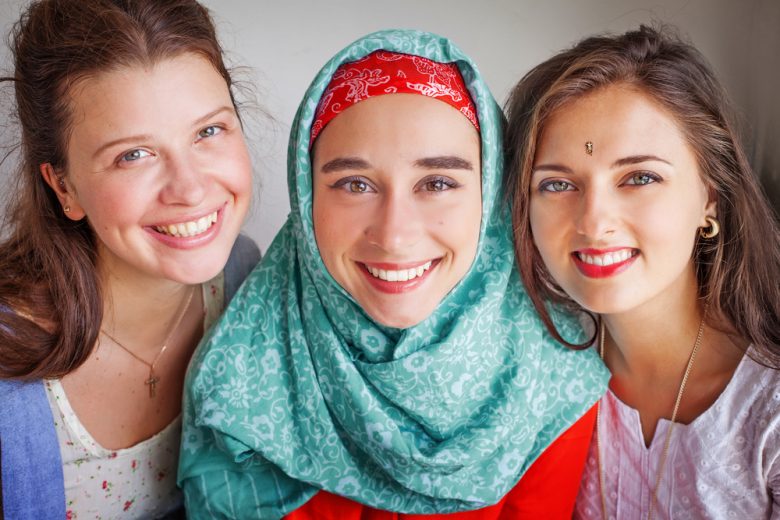As our world becomes increasingly open and varied, cultures interlink and we begin to understand the traditions, faiths, and customs of individual countries in far greater detail. A world filled with culture is a world filled with variety, hopes, and dreams; a world where individuality is treasured and everyone is equal. This may be the dream, but we are always searching for inclusivity and equality!
The sheer range of different cultures and customs is only really experienced by those who travel outside of their own home culture. As the world becomes more centralized and increasingly globalized, these cultures do begin to overlap, however the true beauty of these traditions is in their detail, variation, and difference.
Celebrating difference is never easier than when it comes to special occasions and universally popular trends. One of these trends is fashion — a favorite which, perhaps ironically, never goes out of style.
Of course, fashion varies vastly from one culture to the next, but this is nothing new. Just look at how our own Western fashion has drastically changed over the decades and this should be clear to see. Although, fashion is all about recognizing and celebrating diversity. The best stylists take their inspiration from all sorts — past trends and quirky ideas combine to create a new and innovative look which is entirely their own. And when you think about it, the same can be said for fashion across the globe.
Global Fashion Trends
With Muslim fashion increasingly gaining significance and making headway in the world as a whole over recent years, it is important to look into the trends among style for Muslim women.
Of course, some Muslim women are much more traditional than others, preferring to stick to traditional clothing choices that reflect their faith rather than the latest style trends. However, others prefer to portray their individual personality through their outfit choices and the clothing they choose to wear. It is important to bear in mind that everyone is different and what works for one person won’t necessarily work for another.
One of the key components of the Muslim woman’s wardrobe is the hijab. The headscarf is traditionally worn by Muslim women in front of men and people of other faiths, although the rules around the wearing of the hijab vary between different denominations.
Although items like the hijab are all part of the Muslim faith, this does not need to mean that Muslim women should be restricted in terms of the styles and designs they can wear. Dressing conservatively can be a challenge for Muslims who also love fashion, which i\s why the recent increase in fashion ranges which cater for women of different faiths is proving to be a step in the right direction. Hijabs are no more restricting the Muslim women in terms of the styles and designs to flaunt.
Ramadan And Eid
It is also worth considering the role of fashion when it comes to celebrations and special occasions throughout the year. For example, Ramadan is one of the most important events in the Muslim calendar, one which is steeped in history and awash with many unique cultural trends, and Ramadan 2017 is almost upon us. While fashion might not be the first thing on many Muslim’s minds during Ramadan, there is another tradition to which fashion is an integral component.
In Eid-ul-Fitr, fashion plays a part in the celebration. Eid is an important occasion which celebrates the end of Ramadan, the breaking of the fast. During the festival, traditionally Muslims will dress in their finest clothes to honor the occasion. There is also the tradition of giving gifts, including clothing, to children and charity at this time. These gifts are then used to allow everyone the ability to participate in Eid, celebrating the holy month together as a community and a faith.
Fashion is all about celebrating inclusivity, diversity, and community; factors which are never more important than during the holy month of Ramadan!









